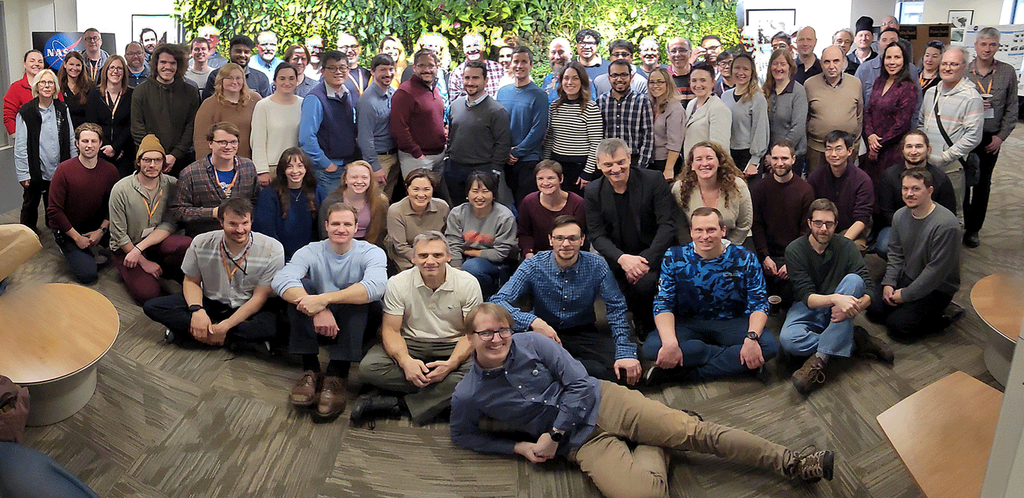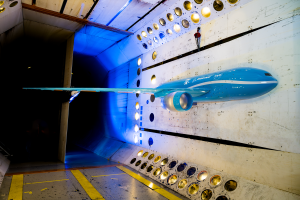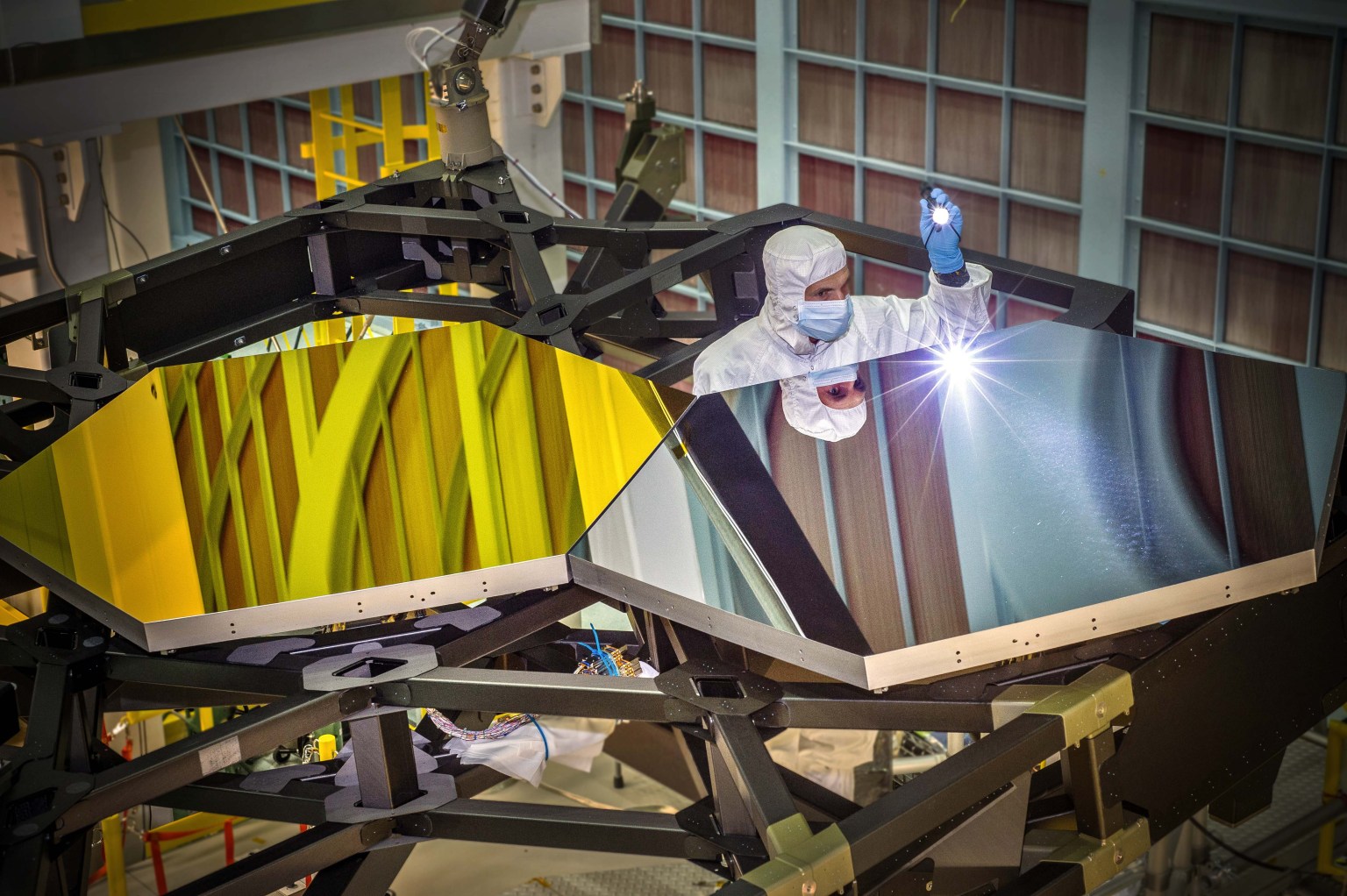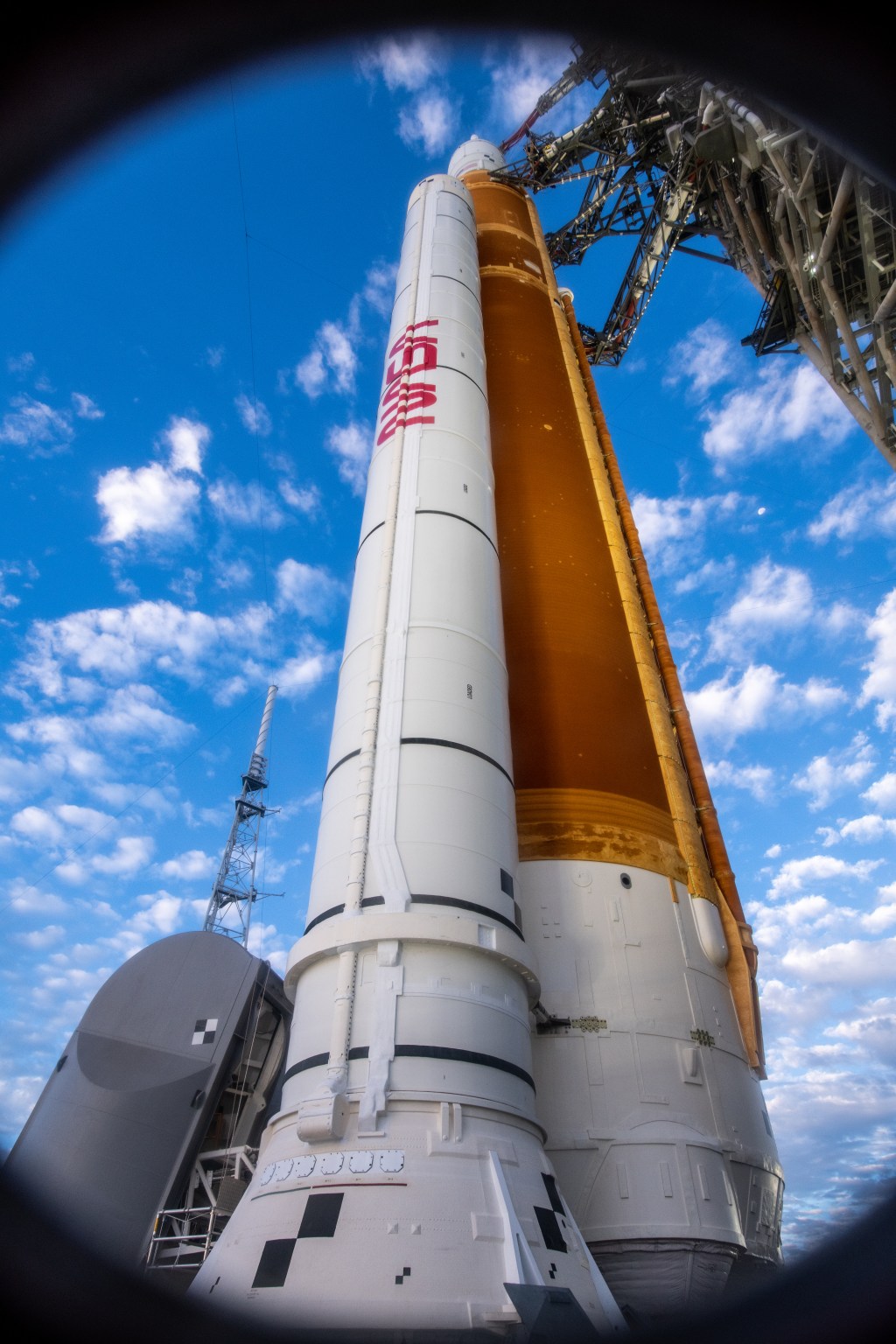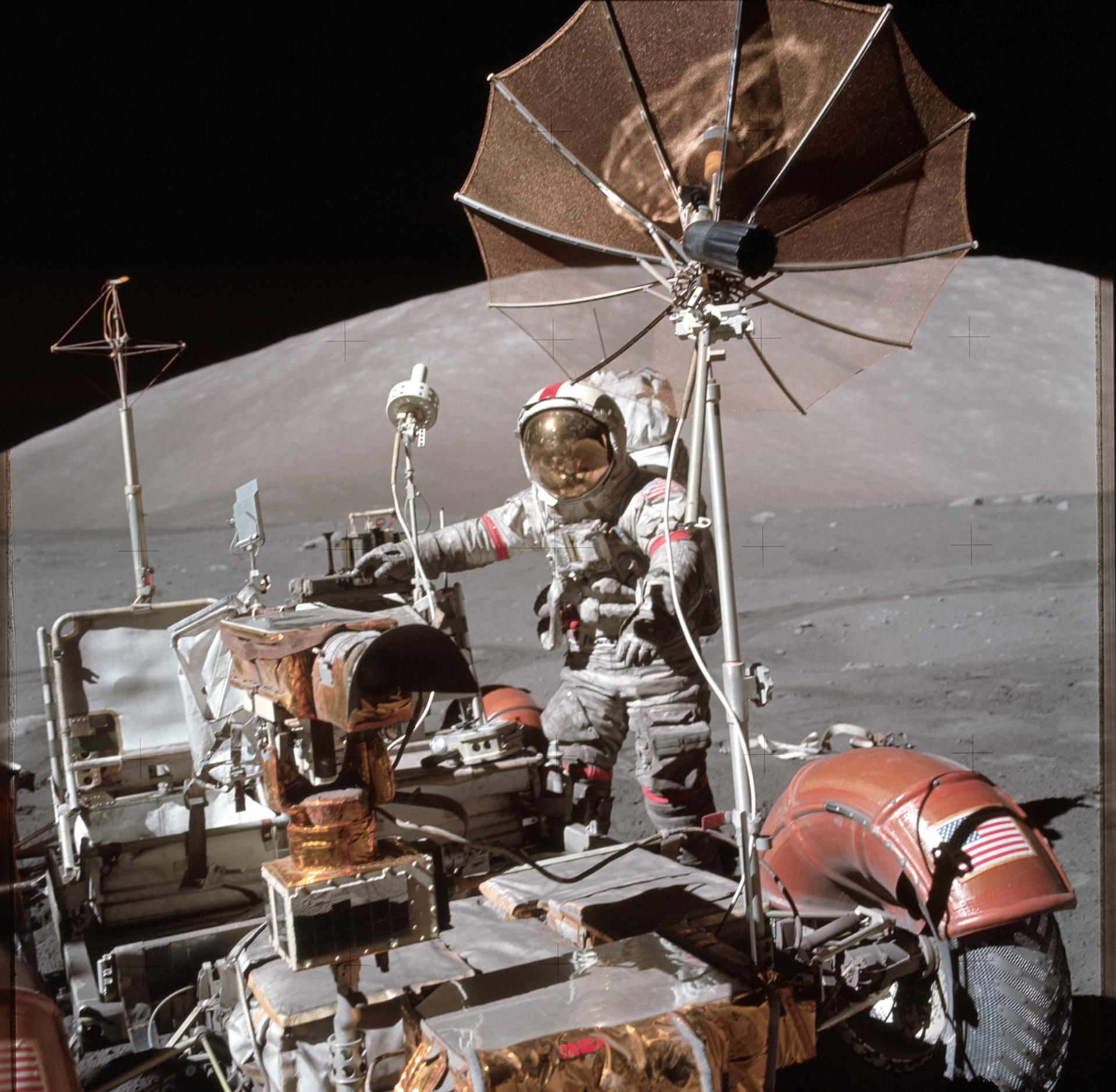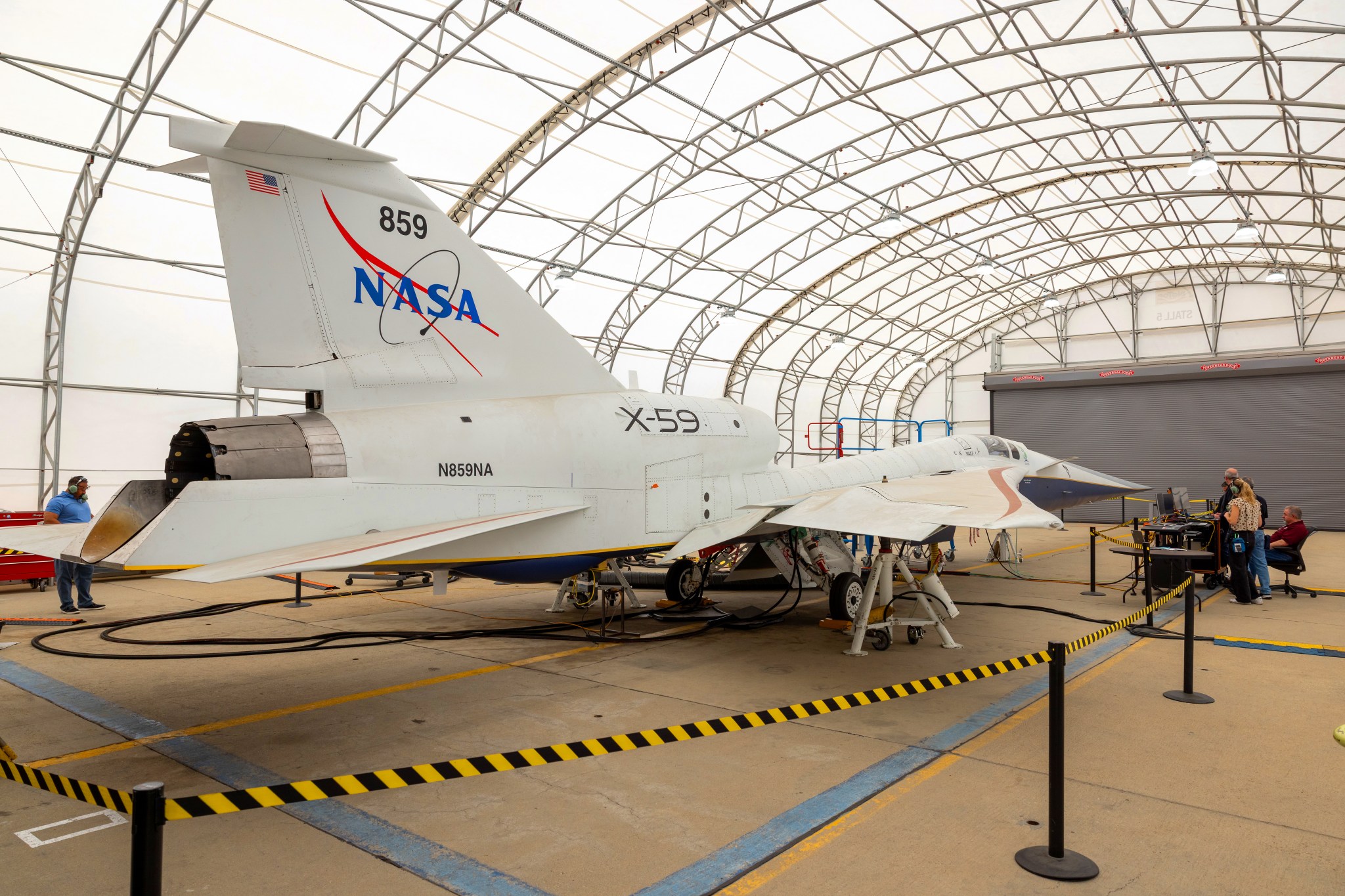
NASA’s X-59 quiet supersonic research aircraft successfully completed a critical series of tests in which the airplane was put through its paces for cruising high above the California desert – all without ever leaving the ground.
“The idea behind these tests is to command the airplane’s subsystems and flight computer to function as if it is flying,” said Yohan Lin, the X-59’s lead avionics engineer at NASA’s Armstrong Flight Research Center in Edwards, California.
The goal of ground-based simulation testing was to make sure the hardware and software that will allow the X-59 to fly safely are properly working together and able to handle any unexpected problems.
Any new aircraft is a combination of systems, and identifying the little adjustments required to optimize performance is an important step in a disciplined approach toward flight.
“We thought we might find a few things during the tests that would prompt us to go back and tweak them to work better, especially with some of the software, and that’s what we wound up experiencing. So, these tests were very helpful,” Lin said.
Completing the tests marks another milestone off the checklist of things to do before the X-59 makes its first flight this year, continuing NASA’s Quesst mission to help enable commercial supersonic air travel over land.
Simulating the Sky
During the testing, engineers from NASA and contractor Lockheed Martin turned on most of the X-59’s systems, leaving the engine off. For example, if the pilot moved the control stick a certain way, the flight computer moved the aircraft’s rudder or other control surfaces, just as it would in flight.
At the same time, the airplane was electronically connected to a ground computer that sends simulated signals – which the X-59 interpreted as real – such as changes in altitude, speed, temperature, or the health of various systems.
Sitting in the cockpit, the pilot “flew” the aircraft to see how the airplane would respond.
“These were simple maneuvers, nothing too crazy,” Lin said. “We would then inject failures into the airplane to see how it would respond. Would the system compensate for the failure? Was the pilot able to recover?”
Unlike in typical astronaut training simulations, where flight crews do not know what scenarios they might encounter, the X-59 pilots mostly knew what the aircraft would experience during every test and even helped plan them to better focus on the aircraft systems’ response.
Aluminum vs. Iron
In aircraft development, this work is known as “iron bird” testing, named for a simple metal frame on which representations of the aircraft’s subsystems are installed, connected, and checked out.
Building such a testbed is a common practice for development programs in which many aircraft will be manufactured. But since the X-59 is a one-of-a-kind airplane, officials decided it was better and less expensive to use the aircraft itself.
As a result, engineers dubbed this series of exercises “aluminum bird” testing, since that’s the metal the X-59 is mostly made of.
So, instead of testing an “iron bird” with copies of an aircraft’s systems on a non-descript frame, the “aluminum bird” used the actual aircraft and its systems, which in turn meant the test results gave everyone higher confidence in the design,
“It’s a perfect example of the old tried and true adage in aviation that says ‘Test what you fly. Fly what you test,’” Lin said.
Still Ahead for the X-59
With aluminum bird testing in the rearview mirror, the next milestone on the X-59’s path to first flight is take the airplane out on the taxiways at the airport adjacent to Lockheed Martin’s Skunk Works facility in Palmdale, California, where the X-59 was built. First flight would follow those taxi tests.
Already in the X-59’s logbook since the fully assembled and painted airplane made its public debut in January 2024:
- A Flight Readiness Review in which a board of independent experts from across NASA completed a study of the X-59 project team’s approach to safety for the public and staff during ground and flight testing.
- A trio of important structural tests and critical inspections that included “shaking” the airplane to make sure there were no unexpected problems from the vibrations.
- Firing up the GE Aerospace jet engine for the first time after installation into the X-59, including a series of tests of the engine running with full afterburner.
- Checking the wiring that ties together the X-59’s flight computer, electronic systems, and other hardware to be sure there were no concerns about electromagnetic interference.
- Testing the aircraft’s ability to maintain a certain speed while flying, essentially a check of the X-59’s version of cruise control.



















